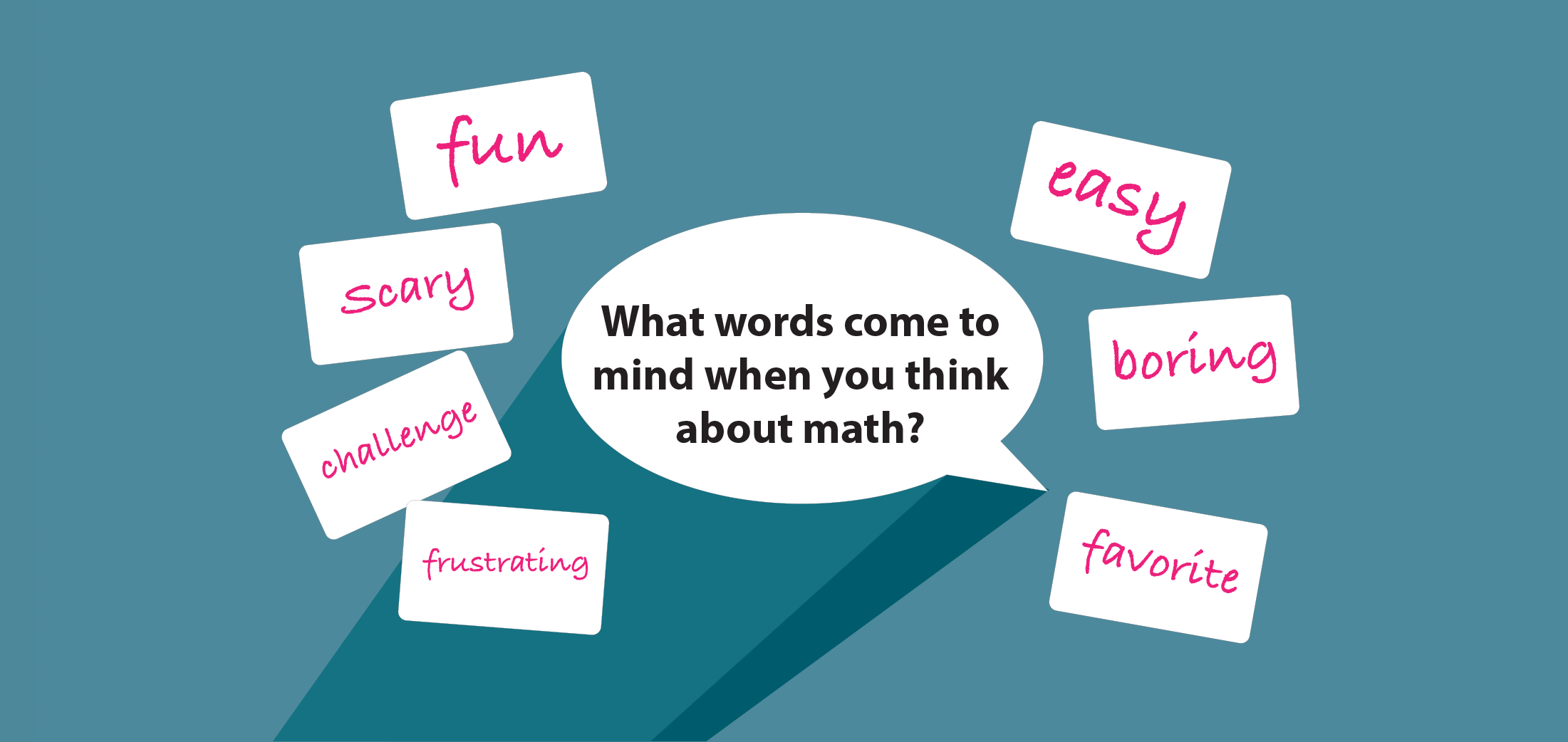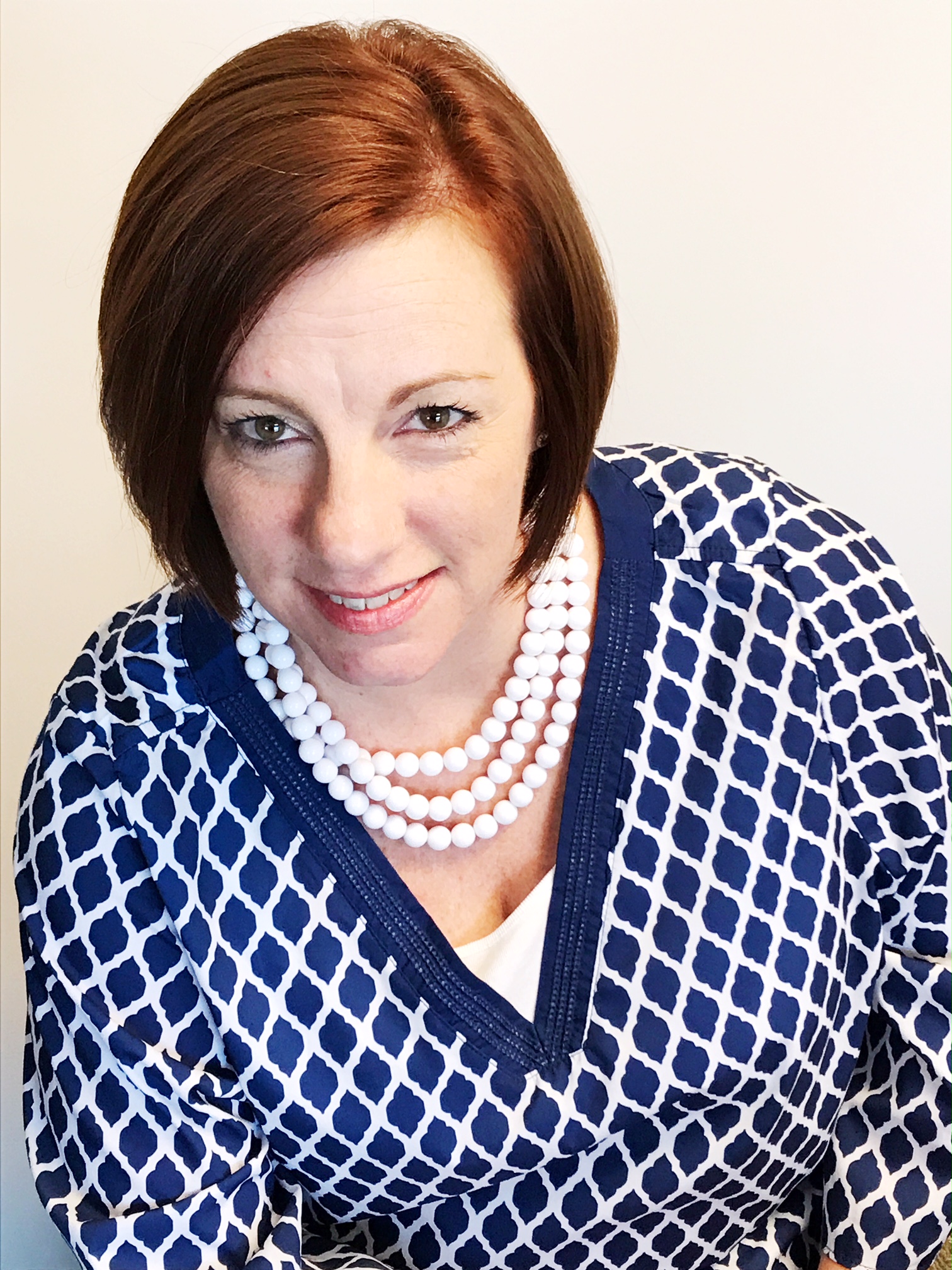

By Katherine K. Merseth
Another tactic I use is finding an area or topic students genuinely find interesting. I’ve worked with middle school students and built materials around topics like music or sports to engage student interest, making sure the topic is gender-encouraging. For example, with sports, while I’ve worked with the usual baseball statistics, I also ask about marathons, skiing, or swimming records where there are examples of successful women. In addition, I’ve taught from questions that the students came up with. For example: “How many gallons of ketchup are used on hot dogs during the regular baseball season at Fenway Park?” I’ve also asked students to bring in a question they would like to explore that they have seen on social media. It becomes both a literary and math exercise, and builds authentic interest in the class material.
Finally, I draw upon the work of Professor Carol Dweck from Stanford around a “growth mindset,” the idea that we can grow our brain’s capacity to learn and to solve problems. Professor Dweck’s doctoral student, David Yeager from the University of Texas at Austin, is another heavy hitter in the field who has conducted extensive research on motivation. Dweck and Yeager have researched how important it is for both kids and adults to have a growth mindset. If you have a “fixed mindset” about math, thinking “I can’t do this, I only have a limited amount of ability in math,” you will give up before you even start. But a growth mindset means understanding that the brain is a muscle and it can grow and learn new things — things that it couldn’t do before — including how to solve new math problems.

Another tactic I use is finding an area or topic students genuinely find interesting. I’ve worked with middle school students and built materials around topics like music or sports to engage student interest, making sure the topic is gender-encouraging. For example, with sports, while I’ve worked with the usual baseball statistics, I also ask about marathons, skiing, or swimming records where there are examples of successful women. In addition, I’ve taught from questions that the students came up with. For example: “How many gallons of ketchup are used on hot dogs during the regular baseball season at Fenway Park?” I’ve also asked students to bring in a question they would like to explore that they have seen on social media. It becomes both a literary and math exercise, and builds authentic interest in the class material.
Finally, I draw upon the work of Professor Carol Dweck from Stanford around a “growth mindset,” the idea that we can grow our brain’s capacity to learn and to solve problems. Professor Dweck’s doctoral student, David Yeager from the University of Texas at Austin, is another heavy hitter in the field who has conducted extensive research on motivation. Dweck and Yeager have researched how important it is for both kids and adults to have a growth mindset. If you have a “fixed mindset” about math, thinking “I can’t do this, I only have a limited amount of ability in math,” you will give up before you even start. But a growth mindset means understanding that the brain is a muscle and it can grow and learn new things — things that it couldn’t do before — including how to solve new math problems.